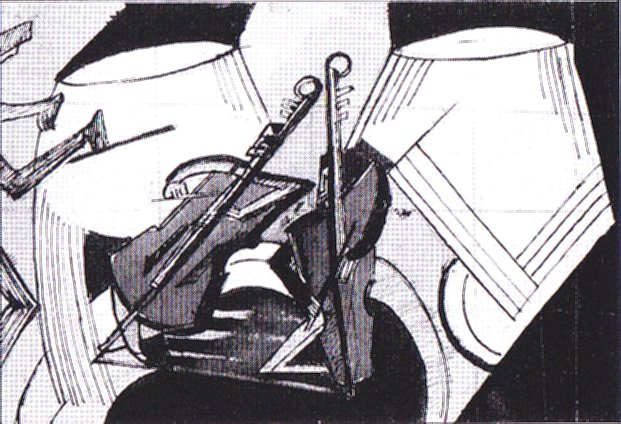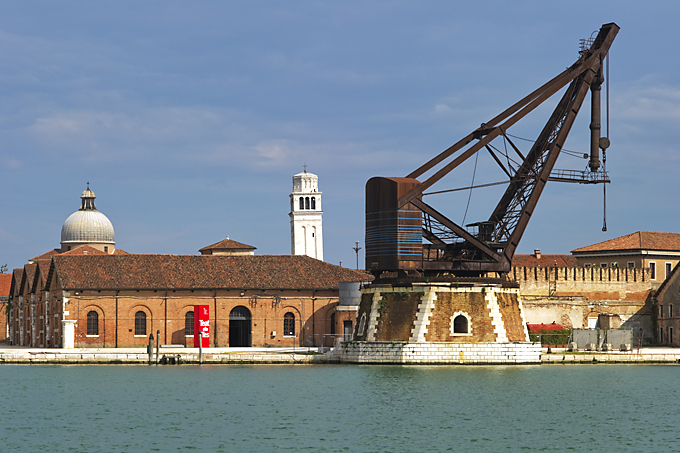I hope you’re all enjoying reading week. I spoke recently to a colleague at another university (which shall remain nameless) – she told me they’d abolished reading week, which seemed like cruel treatment, of both staff and students!
Once you’re back you’ll want to be joining these exciting events:
On Friday 1 March, 6-8pm, the Centre for Museum Cultures welcomes Professor Wendy Shaw Professor of the Art History of Islamic cultures at the Free University Berlin to give a talk entitled ‘Museums and Islamic Art: Whose Culture? Whose Colony?’, Gordon Sq room B04. This talk examines how Islamic art history emerges from methodological art historical layers, and becomes globalised in the modern era, both as a representation of Islam and as a representation of power, ultimately to ask how our rich collections might also speak otherwise. Further details and a booking link here.
And also on 1 March, during the day, the ASSC presents a fascinating symposium ‘Conquest and Construction: Architecture and Landscapes in the Medieval Mediterranean’. Much recent scholarship on the medieval Mediterranean focuses on shifting borders and cultural identities. Conquest is one of the causes of such shifts. This one-day symposium will examine how the consequences of conquests were manifested in conquered cities and landscapes, asking how conquerors responded to their new environments and how conquered communities were built and re-built. Featuring a keynote talk by Leonie Hicks (Canterbury Christ Church University): ‘Landscapes of Conquest: Southern Italian Norman Chronicles and Other Animals’. More here.
Please mark 8 March 6pm in your diary, when the ASSC will welcome its latest ‘Thinker in Architecture’, Caroline van Eck (University of Cambridge), who’ll be speaking on ‘Changing Objectscapes, Mediterranean Connectivity and the Emergence of the Empire Style in Rome and Paris.’ More here.
Our current and past students are as busy, creative and productive as ever:
Jo Cottrell is a PhD student in the department working on women and Vorticism. She did her BA and MA in the History of Art at Birkbeck, and has worked for 25 years as an arts consultant in London. She also regularly shares her passion for art as a volunteer guide for Tate. Jo reports on a very exciting commission she’s received:
‘I’ve been commissioned to write an essay for the catalogue for a forthcoming exhibition at the Barbican, details here: https://www.barbican.org.uk/whats-on/2019/event/into-the-night-cabarets-clubs-in-modern-art ‘Into the Night’ will explore the social and artistic role of twentieth-century cabarets, cafes and clubs, proposing an alternative history of artistic production by highlighting how specific sites offered platforms for experimentation and the exchange of ideas between artists, architects, designers, writers, dancers and musicians. My essay will focus on the Cabaret Theatre Club/Cave of the Golden Calf, which I focused on for my MA dissertation, but am also revisiting as part of a chapter of my PhD.’
Zoe Hollingworth, a recent MA History of Art graduate, tells us about her new job at the V&A and how her work placement on the MA put her in pole position to get it:
‘One of my motivations for applying for the History of Art MA at Birkbeck was to take advantage of the work placement. Despite being in full time employment, I had a very understanding manager and for two days a week I worked in the archive of the Bishopsgate Institute. While there I catalogued photographs, pamphlets, journals, and other social history ephemera, learning a bit about the various roles within an archive and gaining an insight into the incredible team at the Bishopsgate.
This work gave me the necessary experience to apply for a job at the Victoria and Albert Museum as a Senior Documentation Officer working with the collections management system. The guidance provided by Birkbeck’s Careers Service, especially the CV builder, and the support I received from the placement module convener, Sarah Thomas, resulted in my getting an interview. Lots of research and preparation for the interview resulted in an offer and I accepted!
Working with the V&A has been an amazing experience so far. There is an incredible array of people with diverse backgrounds, experiences, and interests working across the museum helping to bring the V&A’s collections to the public. My role supports these people who work behind the scenes and it’s been very rewarding. Since starting, I’ve been promoted into a managerial role and have been guiding the museum through a new digital asset management system. I hope to embark on a PhD in the next couple years, but my intention is to stay with V&A for as long as possible!’
A third report from Leslie Primo, who did his BA History of Art and MA Renaissance Studies at Birkbeck, on an upcoming media appearance:
‘I will be a guest on the upcoming Radio 4 programme – Moving Pictures – to be broadcast at 11.30 on Tues 12 Mar where I’ll be a guest discussing the National Gallery painting Adoration of the Magi by Jan Gossaert with Kathy Fitzgerald and her other guests. The programme will be repeated at 15:30 on Sat 16 Mar. You can also read my article on the theme of the Adoration of the Magi available on the Art UK website: https://bit.ly/2PFXQnb’
Let these three be an inspiration to you, and send me news of yourselves and your art-history-related activities for future posts!
. . Category: Uncategorized





